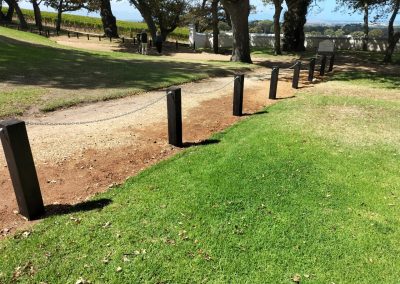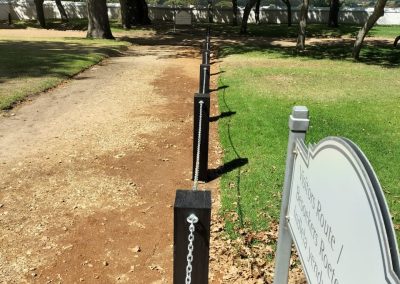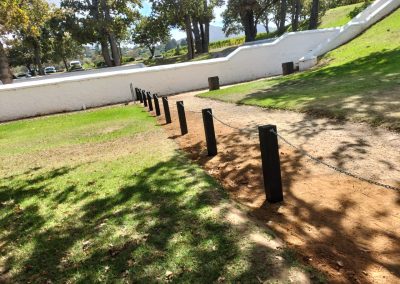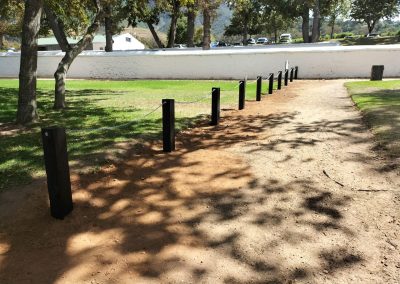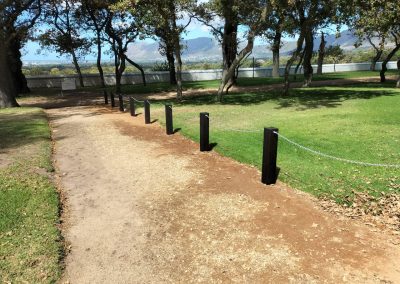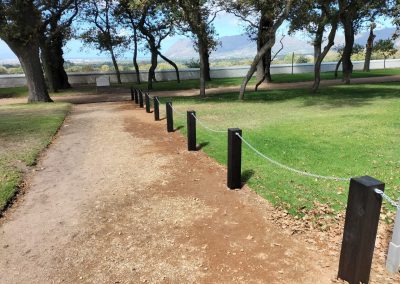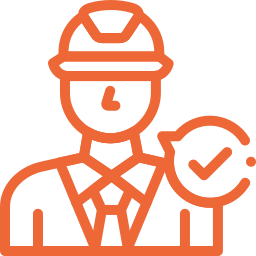Installation of bollards and chains is a crucial aspect of enhancing safety, managing traffic flow, and delineating boundaries in various environments such as parking lots, pedestrian zones, and industrial facilities. Bollards are sturdy vertical posts typically made of steel or concrete, while chains are usually linked together and suspended between these bollards. Here’s a detailed description of the installation process:
- Site Assessment: Before installation, a thorough assessment of the site is necessary to determine the strategic locations for placing bollards and chains. Factors such as traffic patterns, pedestrian movement, and potential hazards are taken into account to ensure effective placement.
- Marking and Layout: Once the optimal locations are identified, the ground is marked to indicate where the bollards will be installed. This involves using spray paint or other markers to outline the positions of the bollards and establish a precise layout.
- Excavation: In areas where bollards are to be installed directly into the ground, excavation is required. The depth and diameter of the holes depend on the specifications of the bollards and the soil conditions. Typically, holes are dug using heavy equipment such as excavators or augers.
- Foundation Preparation: After excavation, the bottom of the holes is leveled and compacted to provide a stable foundation for the bollards. If necessary, a concrete footing may be poured to reinforce the base and enhance stability.
- Bollard Installation: With the foundation ready, the bollards are placed into the prepared holes and secured in position. This may involve backfilling the holes with concrete or compacted soil to ensure proper anchoring and stability. Care is taken to ensure that the bollards are aligned correctly and positioned at the desired height.
- Chain Attachment: Once the bollards are securely installed, chains are attached to them to create barriers or boundaries. The chains are typically threaded through eye bolts or hooks mounted on the bollards and secured tightly to prevent sagging or dislodging.
- Adjustment and Testing: After installation, the entire system is thoroughly inspected to ensure that all components are properly installed and functional. Any necessary adjustments are made to ensure optimal performance. Testing may involve applying pressure to the chains to assess their strength and stability.
- Finishing Touches: Finally, finishing touches such as painting the bollards and chains with high-visibility colors or reflective coatings may be applied to enhance visibility and durability, especially in low-light conditions.
Overall, the installation of bollards and chains requires careful planning, precise execution, and attention to detail to create effective traffic management solutions and enhance safety in various environments.

